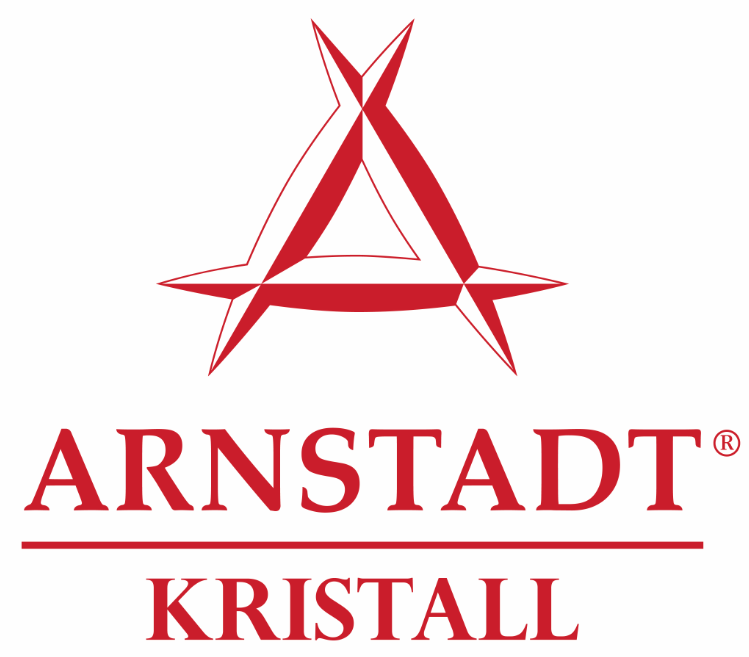What is crystal glass?
Crystal glass is a designation for colorless glass, which, however, has increased light refraction compared to normal glass, which, depending on the quality, can produce special color effects, which are known from crystals made of quartz. Since glass made of crystal not only gets its name from increased dispersion, but also has historical and legal origins of the term crystal glass, there is more to say here.
Crystal glass - the origin in history
It all started in Venice (now Italy). Colorless glass was already being produced here in the early 15th century and sold to the people as "cristallo". Only wealthy business people and nobles could afford these noble vessels, which were already used for drinking or even then for decorative purposes.
Later everything was called crystal glass that had a high refraction of light, was colorless and shiny, as long as the transparency was not reduced by cuts.
In the 17th century, lead oxide was added during production and today's lead crystal was obtained. The additives made the crystal glass more stable and it was now more suitable for further refinement with cuts and engravings.
Years later, people in Bohemia (now the Czech Republic) mixed in chalk, which enhanced the luster of the glass.
A legal basis is required - the Crystal Glass Labeling Act
Like everything else, the labeling of crystal is regulated in Germany. The law on the identification of lead crystal and crystal glass, in short crystal glass identification law (abbr. KrGlasKennzg) regulates the definition of terms based on the material and additives.
1. High lead crystal means a glass that contains at least 30 per cent lead oxide (PbO), has a specific gravity of at least 3.00 and a sodium D-ray refractive index of at least 1.545;
2. Lead crystal means a glass that contains at least 24 per cent lead oxide (PbO), has a specific gravity of at least 2.90 and a sodium D-ray refractive index of at least 1.545;
3. pressed lead crystal (pressed lead crystal) a pressed glass containing at least 18 per cent lead oxide (PbO), having a density of at least 2.70 and a sodium D-ray refractive index of at least 1.520;
4. crystal glass a glass that either
a) Lead oxide (PbO), barium oxide (BaO), potassium oxide (K2O) or zinc oxide (ZnO) alone or together in an amount of at least 10 per cent, has a specific gravity of at least 2.45 and whose sodium D-ray exposure related refractive index is at least 1.520 or
b) Lead oxide (PbO), barium oxide (BaO) or potassium oxide (K2O) alone or together in an amount of at least 10 per cent, has a density of at least 2.40 and a Vickers surface hardness of 550 +- 20. (2) The chemical and physical properties referred to in paragraph 1 are to be determined using the methods listed in the Annex to this Act. (3) The Federal Ministry for Economic Affairs and Energy is authorized to adapt the methods of determination listed in the annex to scientific and technical developments by means of a statutory order, insofar as this is necessary to comply with the guidelines of the European Economic Community and serves to simplify or otherwise improve the measurement.
Summary: The law thus results in lead crystal as a brilliantly shiny glass with precisely defined parameters and components. Crystal glass, on the other hand, has fewer requirements in terms of brilliance and composition. Thus, one can assume a brilliant shine with lead crystal glasses.
ARNSTADT Kristall uses 24% lead crystal for its glasses, vases, bowls and carafes, which is crucial for the shine.
